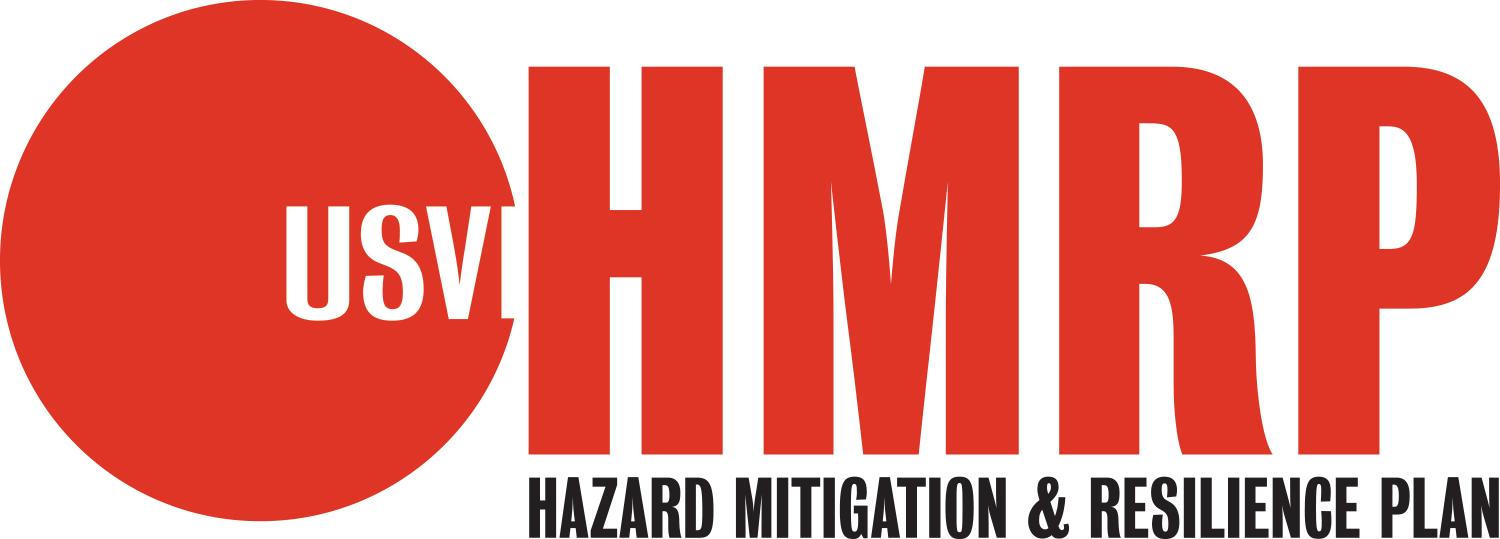Strategies
Strategies
A synchronized and holistic approach to development planning for the Territory is being created.
Comprehensive Planning Strategies and Framework
Based on a comprehensive set of policy recommendations generated by this project, UVI will develop an implementation strategy for two distinct FEMA-specific plans: Hazard Mitigation Plan and Flood Mitigation Plan. UVI will also develop an over-arching and integrated planning framework for the Territory that links analyses outlined in our planning effort to larger planning and development efforts in the Territory.
Hazard Mitigation and Flood Management Strategies and Actions
For the development of hazard mitigation and flood management strategies, UVI will undertake strategic planning exercises with the steering committee through working session(s) to refine the previously submitted recommendations and make them more action oriented by proposing a realistic phasing of implementation actions. Below we have provided descriptions used for the Hazard Mitigation Plan and Flood Mitigation Plan. For both of these FEMA plans we are following the guidelines set forth by DMA 2000 and/or CFR 44 Part 59.1 for floodplain management.
UVI is creating a comprehensive development planning framework for risk reduction and sustainability, and to build resilience in the Territory.
Hazard Mitigation and Flood Management Strategies
The update of the Hazard Mitigation Plan and the Development of a Flood Mitigation Plan requires the development of goals and objectives to guide each plan. UVI will use outputs from the Risk Assessment and Sustainability Analysis and work with the Steering Committee and other stakeholder groups to develop these plans in parallel. Both plans will present specific actions that the Territory can take to reduce severe repetitive loss, taking into account the recent changes in FEMA's Repetitive Flood Claims and Severe Repetitive Loss programs.
Hazard and Flood Mitigation Action Identification and Analysis
UVI will develop a series of structural and non-structural mitigation actions in the HMP and Flood Mitigation Plan. These strategies will be based on the review of the completion status of the various mitigation strategies that had been recommended in the past, the review of the performance of the flood mitigation infrastructure during the 2017 hurricane season, and the analysis of the results of the capability assessment analysis that will be conducted in Task 2. Actions that are likely to require substantial investments, or those that could significantly alter the landscape might be refined with the models used in the risk analysis. They will also be communicated to stakeholder and community groups in draft form for feedback and refinement. The identified mitigation actions will then be analyzed and prioritized using a mix of qualitative and quantitative analyses. Initially, mitigation actions will be evaluated using the traditional Social, Technical, Administrative, Political, Legal, Economic, and Environmental (STAPLEE) criteria. However, UVI will also consider developing other ranking and evaluation schemes based on feedback from stakeholder groups, and the socioeconomic reality of the Territory. As part of this effort, UVI will also identify current and potential Federal, Territorial, or private funding sources for mitigation activities in accordance with §201.4(c)(3)(iv). In addition to qualitative measures, important and prioritized actions/projects (such as large infrastructure projects) in high risk areas will be evaluated using a benefit cost analysis, which considers the various benefits expected from strategies and costs involved in implementing them or repairing and restoring them following damages from a disaster.
Comprehensive Development Planning Framework
In addition to developing strategies and actions specific for the development of hazard mitigation plans, UVI will create a comprehensive development planning framework for risk reduction and sustainability, and to build resilience in the Territory. The risk and sustainability analysis will provide the basis for a thorough evaluation of the Territory's land and natural resources based on a review of interlinked social, economic, cultural, and ecological factors in the Territory. This effort will culminate in the development of a set of comprehensive recommendations and strategy report.
This report will include, at a minimum, the following components: a vision statement; guiding principles (which has been identified during the planning process); and sector policy statements and strategies. This document will present a synchronized and holistic approach to development planning for the Territory, which is intended to guide long-term development decisions. The framework will embody the long, medium and short-term development planning recommendations based on suitability, functionality and vulnerabilities.

